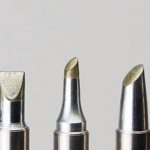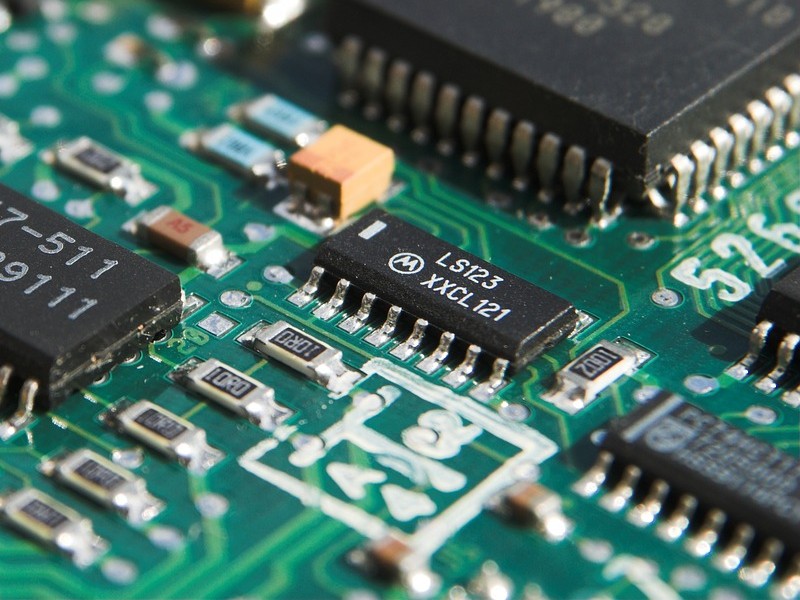Printed circuit board (PCB) design once required specialized skills and expensive, complex tools. But modern software and design flows have made PCB layout more accessible to a wide range of engineers. Easy-to-learn tools allow faster iteration and innovation in electronic products across industries.
Simplifying the Design Process
Early PCB design relied on manual tape-out and routing which limited designers to simple boards. But EDA tools now automate routing, design rule checks, and layout optimizations. Engineers can drag-and-drop components and leverage auto-routing to quickly evaluate design options.
Workflows are tailored for electronics domains like digital, analog, RF, and power. Users can start from schematics or enter netlists textually. Version control integrates safely with teammates. And modern interfaces streamline formerly tedious tasks like trace width adjustments.
As Dan Fernsebner, Director of Product Management at Autodesk, commented: “The latest tools remove the drudgery from PCB design and let engineers focus on innovating. Complex layouts that once took weeks can now be completed in days.”
Accelerating Design Reuse
Creating robust PCB blocks like power supplies and serdes interfaces from scratch is challenging. Modern tools allow engineers to browse pre-made blocks to jumpstart projects. Drag-and-drop reuse of proven circuitry accelerates development.
Databases contain manufacturer-validated blocks for processors, peripherals, analog ICs, and other common functions. Engineers can customize blocks while maintaining validation status. Version control manages changes efficiently across projects.
Jeet Niyogi, Senior Principal Engineer at AMD, said: “Leveraging verified blocks is tremendously valuable for speeding up reliable PCB development. We’re able to shave months off development cycles.”
Facilitating Collaboration
PCB design once happened in isolation. Now, online tools let multiple team members concurrently access and edit designs securely. Comments and annotations streamline communication and reviews. And integrations with platforms like Slack and Jira align PCB design with existing workflows.
Engineers can also export designs to standardized formats like ODB++ for handoff to manufacturing. Or they can upload directly to fabrication through the cloud. This smooth collaboration cuts cycles and errors.
As Chris Cobb, CTO of Ultium Cells, explained: “Real-time collaboration on complex vehicle battery system PCBs across our design centers improves quality and accelerates time-to-manufacturing.”
Simulating and Optimizing Performance
Modern PCB design tools allow simulation of critical electrical, thermal, and mechanical characteristics before manufacture. Engineers easily set up and run simulations that provide actionable feedback for design optimization.
Analysis highlights issues like resonant power distribution networks, excessive EMI, unreliable solder joints, and board flexure. Engineers can then tweak layouts and repeat simulations rapidly to improve performance prior to build.
According to Mike Kay, Electronics Design Manager at Agilent Technologies, “Simulation driven PCB design has improved our first-pass success tremendously. We can now virtually prototype to optimize manufacturability and reliability.”
Facilitating Design Reuse
Engineers reuse circuit blocks, but also reuse complete PCB designs. Tools available from companies like PADS and Altium allow engineers to repurpose boards for related applications or product generations.
For example, minor layout tweaks can adapt a board from one communications protocol to another. Or copper balances and layer stacks can be optimized for cheaper fabrication. Design reuse avoids reinventing basic PCB structures.
As Chris Young, Senior Designer at L3Harris Technologies, commented: “I can take an existing board design and quickly modify it for a new application or form factor. Design reuse probably saves us 25% of total development time.”
Streamlining Documentation
Maintaining detailed PCB documentation used to require extensive manual effort. Modern tools integrate documentation generation to eliminate separate documentation processes.
PCB models generate complete BOMs, layer stackups, fabrication drawings, assembly diagrams, and other documentation automatically. Engineers can supplement documentation through annotations. And changes update documentation seamlessly.
Sandra brown, Documentation Manager at Ericsson noted: “Automating our PCB documentation process through the design tool has improved quality while freeing up significant engineering time previously spent on manual documentation.”
Connecting Design with Manufacturing
Traditionally, PCB designers tossed designs over the wall to manufacturing. Newer tools close this gap through integrations with fabrication and assembly processes.
Design rule checks and modeling enforce manufacturability in layout. Direct design uploads eliminate documentation errors. Manufacturers can feed back corrections and notes through the design tool. And the cloud allows live communication between design and manufacturing teams.
According to Mike Scruggs, Director of PCB Technology at Jabil Circuit: “Leveraging connected design-through-manufacturing flows takes great PCB designs and makes them highly manufacturable. This level of connectivity accelerates new product introduction.”
Democratizing Skills through Training
While PCB design has become more accessible, it still requires training. Many vendors provide online training resources from beginner to advanced. Self-paced modules teach key skills on-demand. This allows broader teams to participate in PCB design and review.
Resources like mentorship programs and online communities supplement learning. Engineers sharpen skills by working through practical design examples. And training keeps veterans up-to-date on evolving tools and best practices.
Mark Gallant, Principal Learning Consultant at PADS, commented: “Well-trained engineers are critical to making modern PCB design tools productive. Our training programs aim to onboard designers rapidly and cultivate skills over time.”
In summary, PCB design has become far more accessible to mainstream engineers through simplified, automated tools and connected design-manufacturing flows. This provides opportunities for more interdisciplinary collaboration and innovation in electronics design. And expanded access to training helps engineers take advantage of the capabilities of modern PCB design tools. The result is shorter development cycles, higher-quality designs, and more manufacturable PCB implementations across electronic products and systems.
















